Celebrating the Unsung Heroines of Science
Discover the fascinating stories behind some ground-breaking discoveries and inventions!
UNSUNG
Science is a fascinating field of study, not just because it facilitates every need of ours, but also because there is always more to be uncovered, explored and understood. We have come a long way from the first wheel and primitive stone tools, from the first vaccine and the first light-bulb, from the first locomotive and the first telephone. We, the people of the 21st century, wield smartphones, blissfully ignorant of the privilege of reaching hundreds or thousands of people through a single tweet or a post on social media and we owe this privilege to all those who have contributed in developing these technologies.
You may know some of the people behind the discoveries and inventions mentioned above, but many of us are unaware of the women who have contributed greatly to science, except of course, Marie Curie, who is probably the first person to pop up in your mind when you read “Women in Science”. Marie Curie is a great representative of women in science, being the first person to be awarded The Nobel Prize, twice, in two different categories. Nevertheless, there are many women who have made a significant impact on science and technology and we are all the richer for it. So, as we celebrate Science day and enter Women’s History month (March), it is important to remember these amazing women and their pioneering work.
Here are some women who have revolutionized the fields that they touched, be it medicine, computer science or engineering:
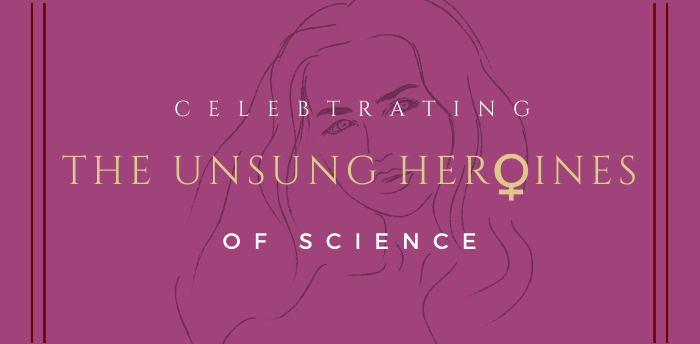

Lady Ada Lovelace
If you have ever written a program, you must have come across the word algorithm. Lady Ada Lovelace wrote the very first algorithm, and with it, her own name in history as the first computer programmer.
This article features many women who made a huge impact in the fields they chose, at a time when choosing to study and to carry out research in science was not as accessible to women as it is today. Some, like Dr. Janaki Ammal and Kamala Sohonie, faced many hardships on that account but they persisted. They carved out their own path and helped many who came after them.
There are many more women who have contributed to the ever-growing field of science and technology, but they are significantly less in number compared to the men who have worked in this field. In 1944, India saw her first woman doctorate holder. Today, only 30% of the people working in STEM (Science Technology Engineering and Mathematics) fields worldwide, are women. In India, only 14% of the scientists, technologists and engineers at R&D institutes are women. The disparity in numbers does not stop at that.
An extensive analysis by Lerchenmueller, Olav Sorensen and Anupam B. Jena, titled: “Gender Differences in How Scientists Present the Importance of their Research: Observational Study”, from The British Medical Journal found that women remain under-represented in the medical sector and in life science research institutes and universities. They also earn lower salaries, receive fewer research grants and fewer citations of their research papers than male colleagues.
The struggle for equal-representation and equal-opportunity for men and women in science is far from over. Nevertheless, things are looking up. There are quite a few initiatives by UNESCO to ensure greater participation of women in the STEM fields. One such project is “The STEM and Gender Advancement (SAGA) project” which works to promote and strengthen gender equality in Science, Technology and Innovation (STI). Indian Academy of Sciences has also taken an initiative to mentor young women who are potentially looking for careers in science, engineering, medicine etc.
The world is changing for the better, as is evident by the increase in the enrolment of women in education and research programmes in STEM-fields. At this point in time, what women need is an environment conducive to learning and growth. Equal representation of men and women will significantly boost scientific research and innovation and will open new avenues in advancing technologies. This is an interesting time to be working in science, so, let us never forget the ones who made it possible for us today!
Written by: Saakshi Methe
References:
International Women's Day: This year, let's thank 10 women whose inventions made our lives better
Grace Murray Hopper (1906-1992): A legacy of innovation and service
https://www.epo.org/news-events/events/european-inventor/finalists/2018/sans-takeuchi.html
https://www.ias.ac.in/Initiatives/Women_in_Science/Biographies
https://www.pnas.org/content/pnas/89/7/2804.full.pdf
Please share any interesting stories you may know which need to be talked about and we will make sure these stories are heard!
You can add your comments and thoughts in the comments of the LinkedIn post below!
Unsung Heroines of Science
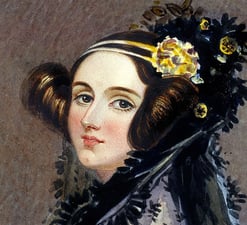

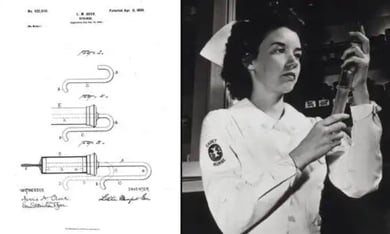

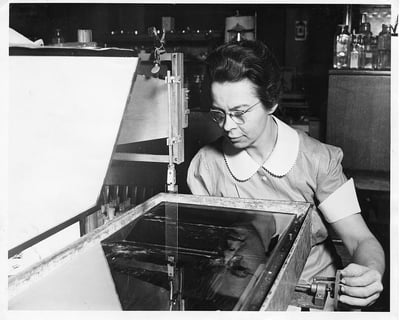

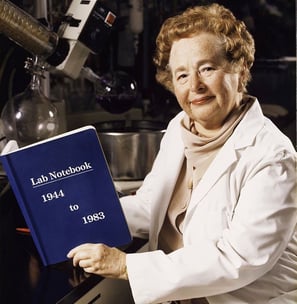

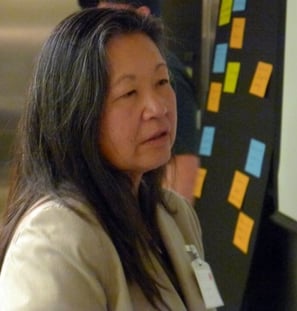

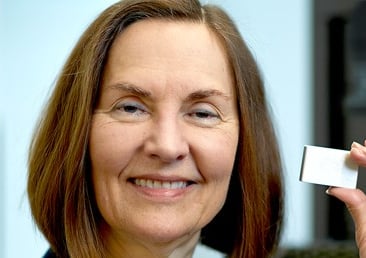

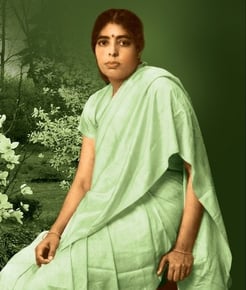

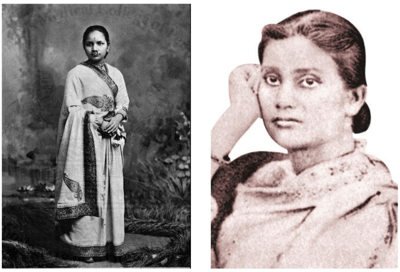

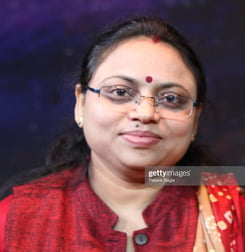

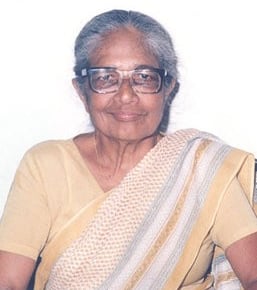

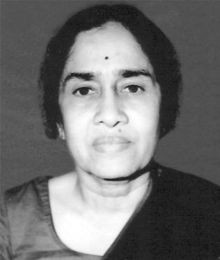

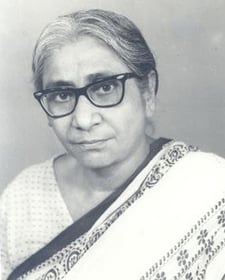

Letitia Geer
Letitia Mumford Geer patented the medical syringe which was an improvement of the existing design, in that, the physicians and surgeons could operate the syringe with one hand, unlike its predecessors which had to be operated with both hands.
Katharine Blodgett
Katherine Burr Blodgett made glass “invisible”. She developed a method to use single molecule thick layers of barium to increase the amount of light passing through glass. Not only did she develop non-reflective coatings for eyeglasses, but she also improved lenses used in cinematography.
Gertrude Belle Elion
The woman who gave the world antiviral drugs, Gertrude Belle Elion, played a significant role in the development of azidothymidine (AZT), one of the first drugs used to treat HIV and AIDS. AZT paved the way for later generations of life-saving antiretroviral therapy despite being moderately effective. Elion contributed greatly to design drugs that killed or inhibited the reproduction of particular pathogens without harming human cells, using rational drug design approach.
Ann Tsukamoto
Dr. Tsukamoto helped invent a method to isolate blood stem cells in the body. Initially, scientists had theories about the applications of hematopoietic stem cells to treat various diseases. However, isolating and studying them was not feasible. Ann and her team identified a rare type of cell population in the human fetal bone marrow which contained pluripotent hematopoietic progenitors. She also led the scientific team that discovered the human central nervous system stem cell. Her work has helped treat people with life-threatening diseases like blood cancers and autoimmune diseases.
Esther Sans Takeuchi
Millions of heart patients with implantable cardiac defibrillators (ICDs) have benefited from the battery technologies pioneered by the American materials scientist and chemical engineer Esther Sans Takeuchi. Esther made history with her compact Li/SVO batteries which resulted in the first defibrillator equipped with a powerful yet small battery that had significantly greater longevity than its predecessors.
Dr. Anandibai Joshi and Dr. Kadambini Ganguly
Her disappointment at the absence of women doctors in India, drove Dr. Anandibai Joshi to pursue western medicine. Anandibai Joshi was the first Indian female doctor to graduate in western medicine from the United States. Dr. Kadambini Ganguly, who completed her medical education in India was the first Indian female physician to practice medicine.
Dr. E.K. Janaki Ammal
Dr. E K Janaki Ammal was a renowned botanist and plant cytologist who made significant contributions to genetics, evolution, phytogeography and ethnobotany. She is often called “the first Indian woman botanist”. Her research granted India its sugarcane independence, at a time when India imported sugarcane from the island of Java. She was also an ardent environmental activist and impacted the ‘Save Silent Valley” movement greatly.
Dr. Ritu Karidhal Srivastava
Ritu Kridhal Srivastava is an Indian aerospace engineer and scientist who played a pivotal role in India's Mars Orbiter Mission, also known as Mangalyaan. She served as the Deputy Mission Director for the project, earning her the moniker "Rocket Woman" for her exceptional contributions.
Anna Modayil Mani
Anna Modayil Mani was a pioneering woman physicist and a meteorologist who went on to become the deputy director general of the Indian Meteorological Department. Her contributions transformed the way India gauges weather. She also helped in devising ways for harnessing solar and wind power as alternative sources of energy.
Kamala Sohonie
Kamala Sohonie was a pioneering Indian biochemist who in 1939 became the first Indian woman to receive a PhD in a scientific discipline. Her work paved the way for women to pursue higher education in science.
Asima Chatterjee
Asima Chatterjee was an accomplished organic chemist and an inspiration to all aspiring scientists. Her extensive research resulted in development of many anti-epileptic, anti-convulsive, and chemotherapy drugs, including a commercial anti-epileptic drug, still in use, called Ayush-56.
